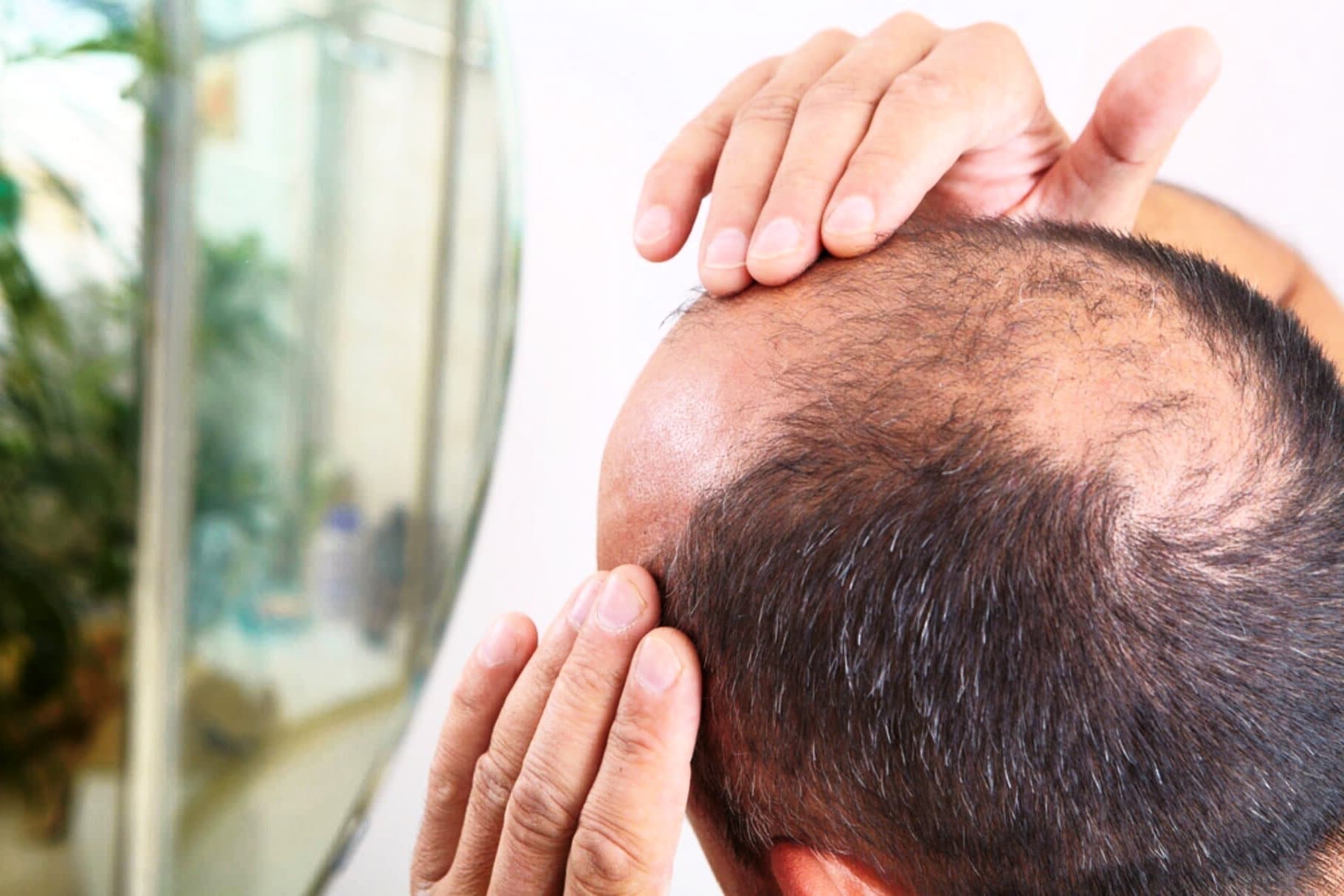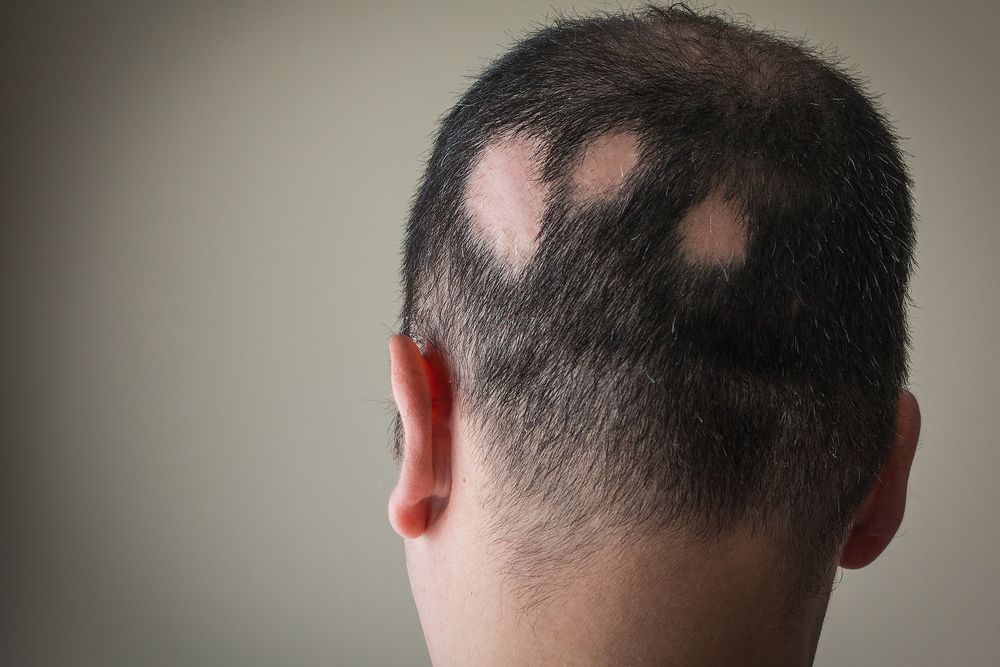Losing our hair is something that most of us feel very uncomfortable towards. And that understandably so. After all, as part of our identity, a balding head can mess in the worst case with our mental health dramatically. But unbeknownst to many perhaps, is that is an incredibly common symptom for people of all ages and sexes. So common, in fact, that 50% of women and 85% of men by the age of 50 are experiencing it – 25% even before they are 21 years old. But did you know that it can have an array of different reasons? Although there can also be an overlap in some cases, the causes can vary drastically.
Treatment Approaches
The treatment approaches for hair loss may overlap but can also differ, depending on the underlying causes and hormonal factors. Usually, treatments like finasteride and minoxidil are commonly described for men, whereas hormonal therapies like oral contraceptives or anti-androgen medications may be recommended to balance hormone levels and prevent further hair loss for women.
Additionally, lifestyle modifications, such as stress management techniques and dietary adjustments can also give benefits, as can products like hair powder specifically for thinning hair, which can conceal your hair loss and help giving the appearance of volume. Especially if you’re struggling mentally, these are a good starting point.
Genetic Predisposition
One of the primary factors influencing hair loss on both men and women is genetic predisposition. Research suggests that certain genes can make some individuals more susceptible to hair loss, with inheritance patterns varying between genders. In men, the inheritance of genes associated with androgenetic alopecia, commonly known as male pattern baldness, is often linked to the X chromosome, and passed down through maternal lineage.
In contrast, the genetic factors contributing to female pattern hair loss in women are more complex and may involve multiple genes inherited from both parents.
Hormonal Factors
Hormonal imbalances can also play a significant role in hair loss – for both sexes, albeit through different mechanisms. In men, the hormone dihydrotestosterone (DHT) is a key driver of androgenetic alopecia. DHT binds to hair follicles, miniaturising them and leading to the characteristic pattern of balding.
Conversely, hormonal fluctuations in oestrogen and progesterone levels can contribute to hair loss in women, particularly during significant life stages such as pregnancy, childbirth, and menopause. Conditions like polycystic ovary syndrome (PCOS), characterised by elevated androgen levels, can also exacerbate hair thinning in women.
Presentation and Patterns
How hair loss applies can differ widely, too. In men, the most common form – androgenetic alopecia – typically manifests as a receding hairline and thinning at the crown, eventually leading to partially or even complete baldness.
On the other hand, female pattern hair loss tends to result in more diffuse thinning across the scalp, with the preservation of the frontal hairline in contrast. Women may also experience a kind of widening of the hair part and a consequential reduction in hair density, rather than distinct bald patches.
Underlying Health Conditions
There are several health conditions that can contribute to hair loss in both sexes, albeit with varying prevalence. Thyroid disorders, for example, are way more common in women and can lead to hair thinning out due to disruptions in hormone production. Similarly, autoimmune conditions such as alopecia areata can affect both, but may present differently, with men often experiences more extensive loss of their hair.
Losing your hair can be a difficult and upsetting fact to have to live with. After all, our hair is for many of us part of our identity. If you’re suffering from it, and it’s causing you distress, always contact your GP for an appointment – there is a variety of help, options, and treatments available to help.




